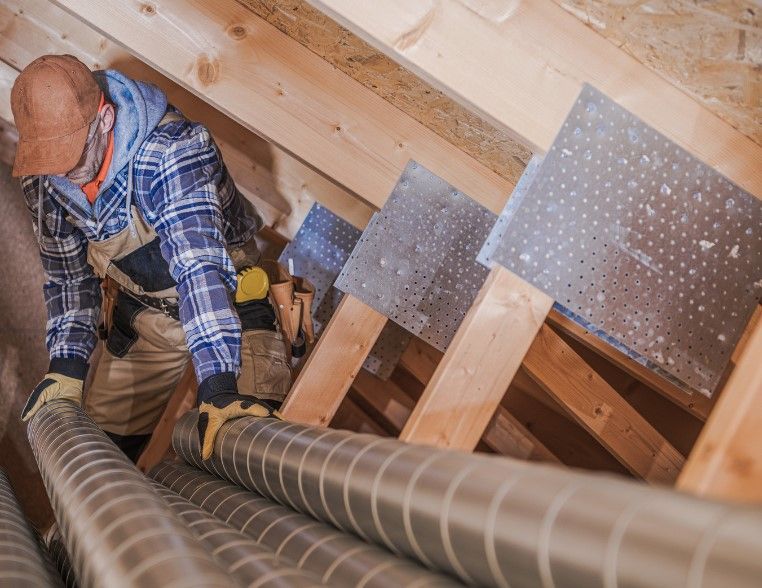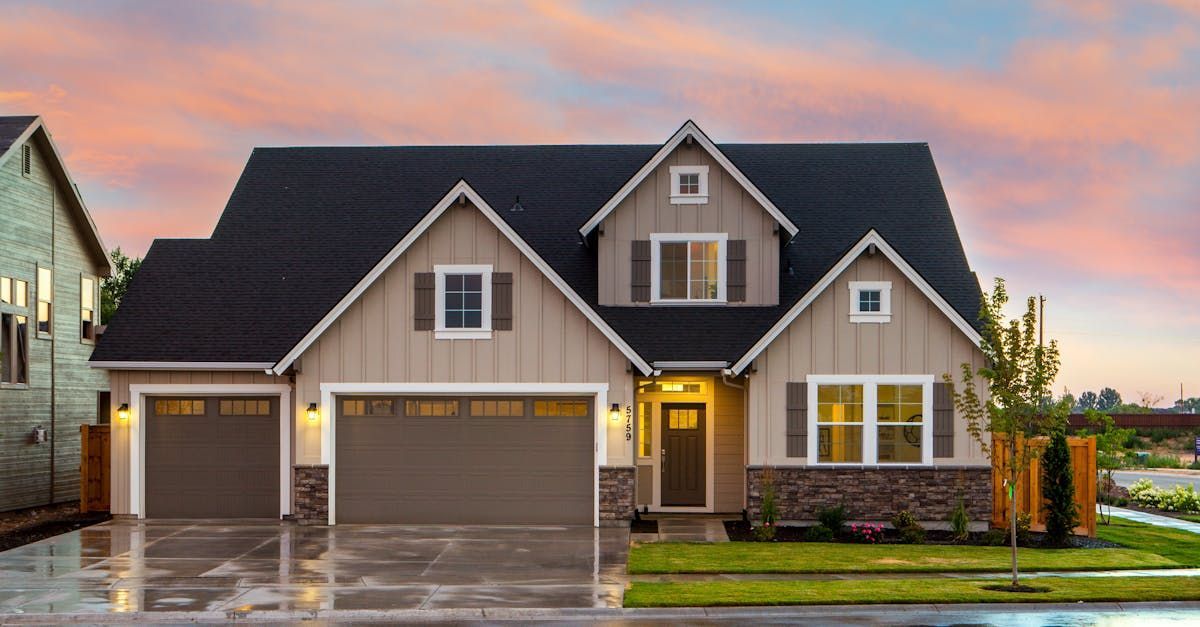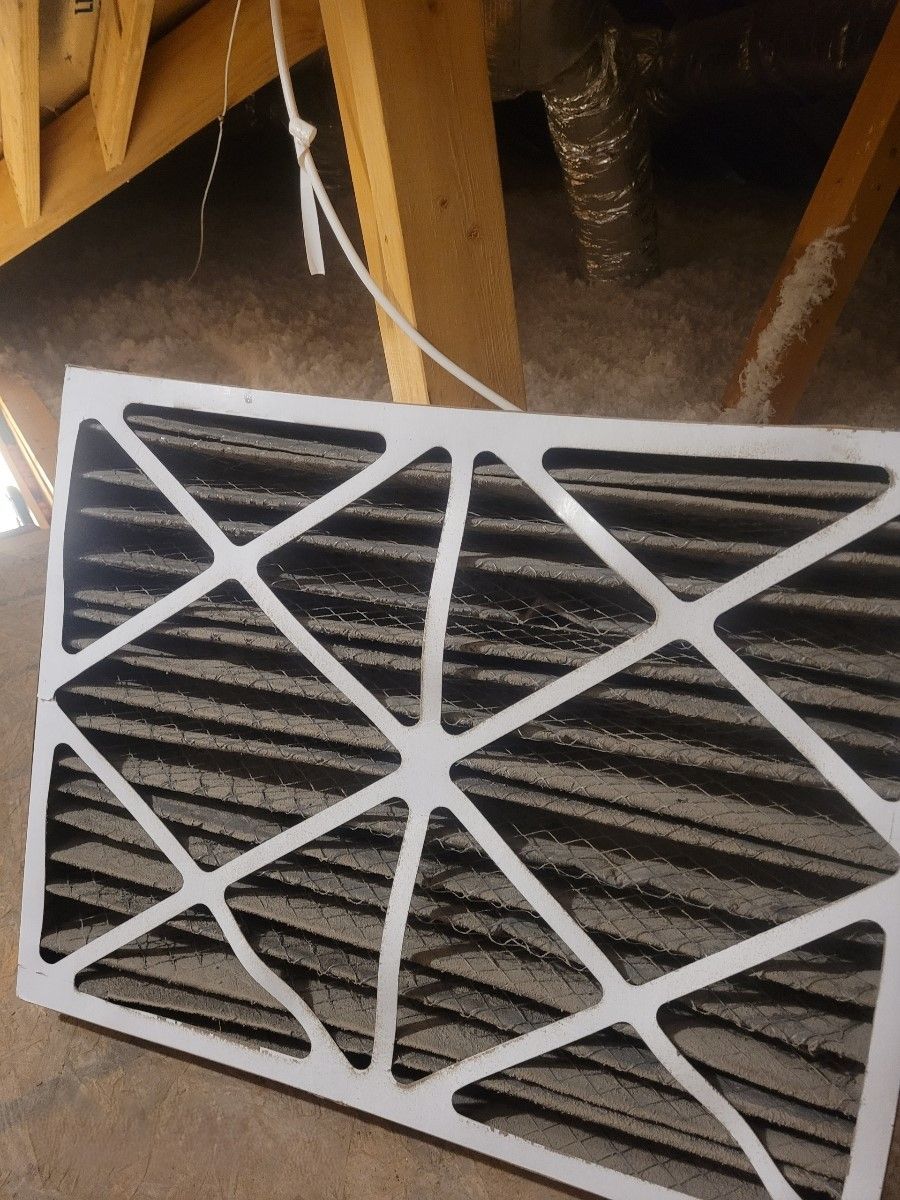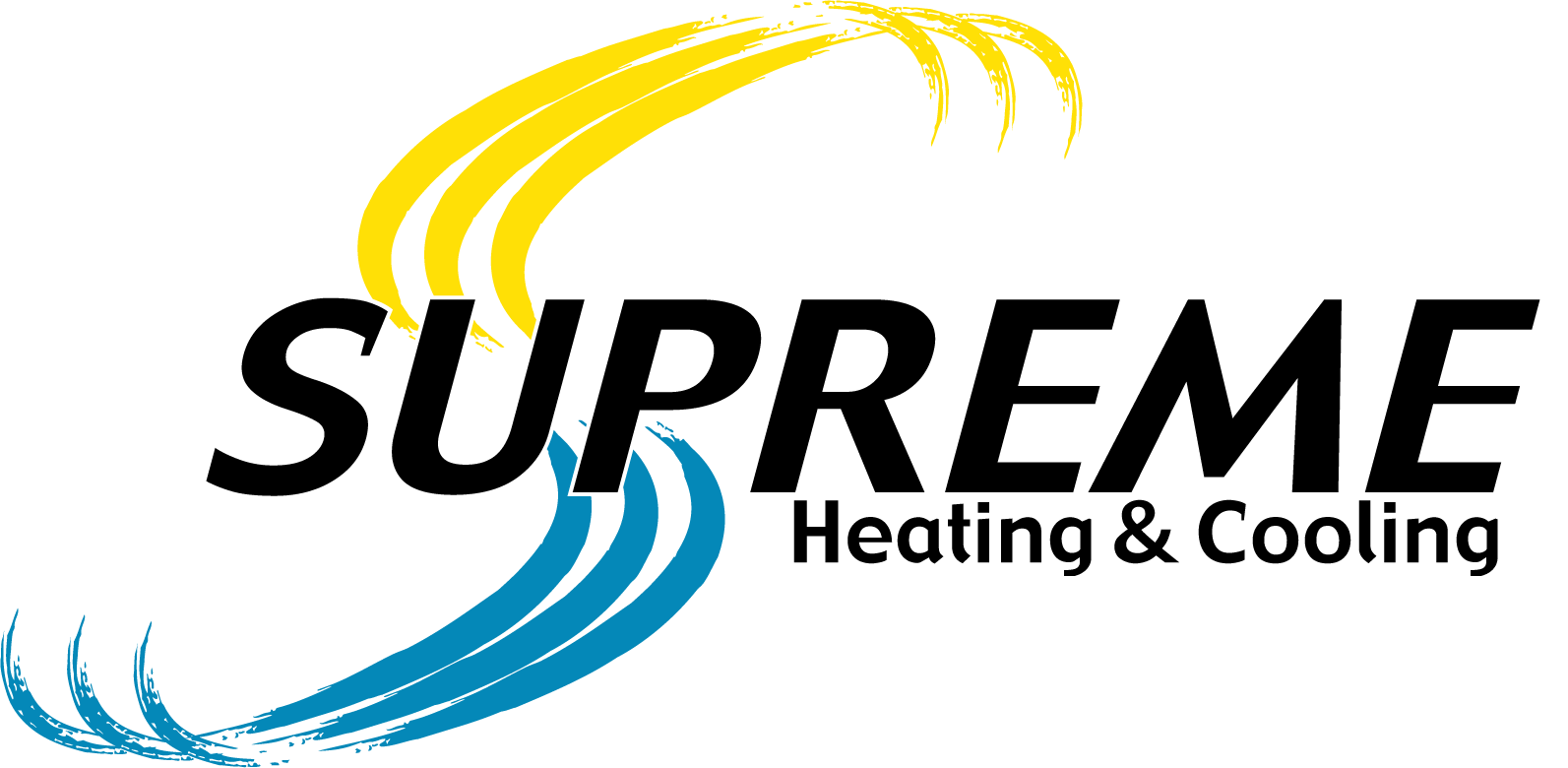Financing Costly HVAC Repairs and Installations: A Guide for Homeowners
When it comes to maintaining the comfort of your home, having a reliable HVAC system is crucial. However, the costs associated with repairs and new installations can be significant. At Supreme Heating and Cooling, we understand that not everyone has the resources to cover these expenses upfront. That’s why exploring financing options is essential. Here’s a comprehensive guide to help you navigate financing for your HVAC needs.
Understanding the Costs
Before diving into financing options, it's important to understand the potential costs involved in HVAC repairs and installations. Factors influencing these costs include:
- Type of System: Central air conditioners, heat pumps, and furnaces have varying price ranges.
- Size of Your Home: Larger homes typically require more powerful systems.
- Efficiency Ratings: Higher efficiency units often come with a higher price tag but offer long-term savings on energy bills.
- Additional Features: Smart thermostats, air purifiers, and zoning systems can add to the overall cost
Why Consider Financing?
- Immediate Comfort: Financing allows you to enjoy a comfortable home environment without waiting to save up the necessary funds.
- Energy Efficiency: Upgrading to a more efficient system can lower your energy bills, helping to offset the cost over time.
- Increased Home Value: A modern HVAC system can enhance your home’s market value.
Financing Options
Credit Cards
Using a credit card for HVAC expenses is convenient, especially if your card offers rewards or cashback. However, it's crucial to be mindful of interest rates and the potential for accruing significant debt if not managed carefully.
Personal Loans
Personal loans from banks or credit unions can be a viable option. They typically offer fixed interest rates and repayment terms, making it easier to budget for monthly payments.
Home Equity Loans or Lines of Credit (HELOC)
If you have substantial equity in your home, a home equity loan or line of credit might be a suitable option. These loans often come with lower interest rates compared to personal loans or credit cards. However, they use your home as collateral, which involves some risk.
Utility Company Rebates and Incentives
Some utility companies offer rebates and incentives for installing energy-efficient HVAC systems. These can significantly reduce the overall cost and may be combined with other financing options.
Supreme Heating and Cooling Financing with Wisetack
At Supreme Heating and Cooling, we offer financing through Wisetack. Wisetack provides loans ranging from $500 to $15,000 for 3 to 24 months, with 0% APR options depending on your credit score. To qualify, you'll need a FICO score of at least 540. This financing option allows you to manage the cost of your HVAC needs comfortably and conveniently.
Tips for Choosing the Right Financing Option
- Assess Your Financial Situation: Understand your budget, credit score, and the amount you can afford to repay monthly.
- Compare Interest Rates: Look for the lowest possible interest rates to minimize the overall cost.
- Read the Fine Print: Ensure you understand the terms and conditions of the financing agreement, including any penalties for early repayment.
- Consider the Loan Term: Shorter terms mean higher monthly payments but lower overall interest costs, while longer terms have the opposite effect.
Investing in your home’s comfort doesn’t have to be a financial burden. By exploring various financing options, including the flexible plans offered through Wisetack, you can find a solution that fits your budget and allows you to enjoy a comfortable living environment. At Supreme Heating and Cooling, we are committed to helping you find the best financing options for your HVAC needs. Contact us today to learn more about our services and financing plans.
You might also like


Book a Service Today
We will get back to you as soon as possible
Please try again later
Quick & Reliable
We are available 24/7 via text, email or telephone
Location
777 N. Grove Rd Suite 117
Richardson TX 75081
contact@supreme-ac.com
Call
(972) 530-4231
All Rights Reserved | Supreme Heating and Cooling, Inc. | TACLA36129A

